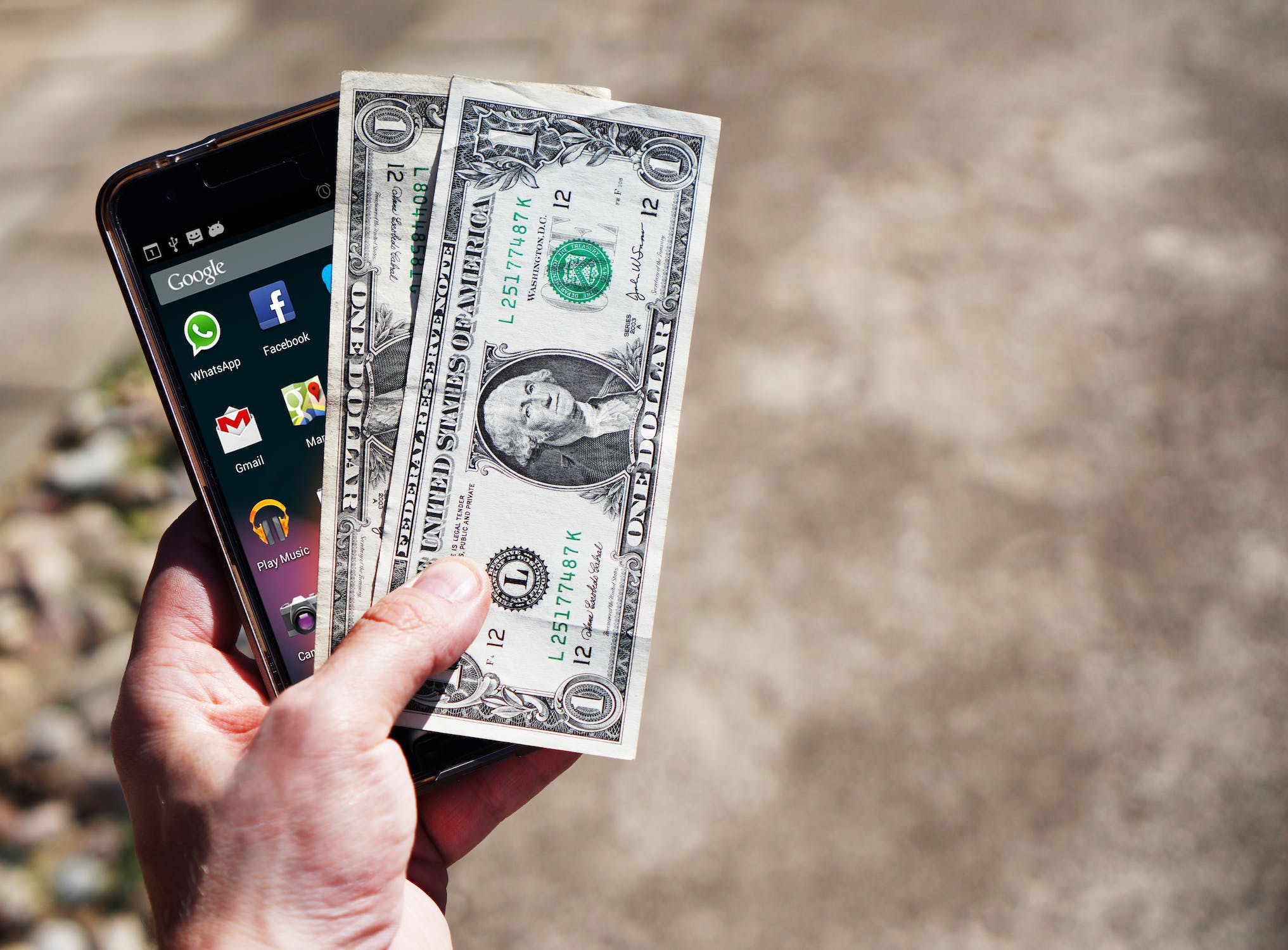Understanding the Saudi Riyal: Fixed Exchange Rate, Inflation, and US Dollar Peg
GPT_Global - 2025-10-21 20:30:52.0 13
What is the current fixed exchange rate between 1 dollar and the Saudi riyal?
The exchange rate between the US Dollar (USD) and the Saudi Riyal (SAR) plays a critical role in the global remittance market. Currently, the exchange rate is fixed at 1 USD = 3.75 SAR, meaning the Saudi Riyal is pegged to the US Dollar. This stability makes it easier for businesses and individuals to calculate remittance costs and plan financial transactions effectively.
This fixed exchange rate is significant for remittance businesses as it ensures predictability and reliability. Whether sending money to family in Saudi Arabia or making international transfers, customers can trust that the value of their transactions won’t fluctuate unexpectedly. Such stability encourages more cross-border transactions, benefiting both senders and recipients.
For remittance companies, this fixed rate offers a competitive edge, allowing them to offer clearer pricing and reduce risks related to currency volatility. As the demand for remittance services continues to grow, the fixed exchange rate between the USD and SAR provides a solid foundation for businesses to thrive in this essential global market.

How many Saudi riyals can you get for 10 US dollars?
The exchange rate between the US dollar (USD) and the Saudi riyal (SAR) is a key factor for individuals and businesses involved in remittance services. When sending money from the United States to Saudi Arabia, the amount of Saudi riyals you will receive for 10 US dollars can fluctuate based on the current exchange rate.
As of the most recent rates, 1 USD equals approximately 3.75 SAR. Therefore, for 10 US dollars, you can expect to receive around 37.5 Saudi riyals. It’s important to keep in mind that exchange rates can vary slightly depending on the remittance provider, as they may include additional fees or offer slightly different rates for conversions.
When choosing a remittance service, it’s crucial to compare the rates and fees to ensure you are getting the best deal. Additionally, market conditions and economic factors in both the US and Saudi Arabia can influence the rate, so staying informed is key to maximizing the amount of money sent to loved ones or business partners abroad.
By understanding the exchange rate dynamics and utilizing a reliable remittance service, individuals and businesses can make the most out of their transactions when sending money to Saudi Arabia.
How does inflation affect the value of the Saudi riyal against the dollar?
Inflation plays a significant role in determining the value of currencies, including the Saudi riyal against the US dollar. When inflation in Saudi Arabia rises, the purchasing power of the riyal decreases, leading to a potential depreciation of its value. This means that more riyals are needed to purchase the same goods and services, affecting both local consumers and businesses.
For remittance businesses, fluctuations in the value of the riyal can have a direct impact. When the riyal weakens due to inflation, individuals sending money to Saudi Arabia may get more value for their dollar, while those sending money out of Saudi Arabia may face higher costs for remittance transfers. This could lead to changes in transfer volumes and customer preferences.
It’s crucial for remittance businesses to monitor inflation trends in Saudi Arabia to provide the best services to their clients. By keeping track of exchange rates and adjusting strategies, businesses can help ensure that customers send and receive the most favorable amounts. Understanding these economic factors ultimately helps remittance companies stay competitive in a fluctuating market.
Why do countries peg their currencies to the US dollar?
```htmlMany countries choose to peg their currencies to the US dollar to maintain stability and reduce inflation risks. By pegging their currency, these nations can ensure more predictable exchange rates, which is crucial for trade and investment. This stability is especially important in countries with unstable economies or those relying heavily on imports and exports.
For remittance businesses, a stable currency peg means fewer fluctuations in exchange rates, ensuring that the value of remittance sent from abroad is more consistent. It also enhances customer confidence, as senders and recipients can trust that their money’s value won’t drastically change between the time it is sent and received.
Additionally, pegging to the US dollar makes it easier for countries to attract foreign investment. Investors are more likely to invest in a country where the currency is tied to a stable, internationally recognized currency like the US dollar. This, in turn, benefits remittance services by fostering economic growth and financial systems that are more resilient and capable of handling cross-border transfers.
In conclusion, pegging currencies to the US dollar can help stabilize economies, boost investor confidence, and ensure more reliable remittance transactions, all of which are essential for the remittance industry’s continued growth.
```
About Panda Remit
Panda Remit is committed to providing global users with more convenient, safe, reliable, and affordable online cross-border remittance services。
International remittance services from more than 30 countries/regions around the world are now available: including Japan, Hong Kong, Europe, the United States, Australia, and other markets, and are recognized and trusted by millions of users around the world.
Visit Panda Remit Official Website or Download PandaRemit App, to learn more about remittance info.



